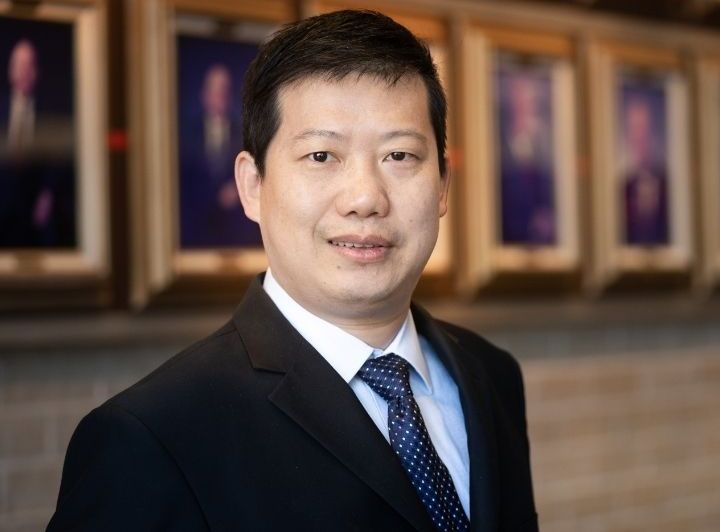University of Houston researchers have received $4.4 million from the U.S. Department of Energy’s Advanced Research Projects Agency-Energy (ARPA-E) for two projects developed in the Cullen College of Engineering and Texas Center for Superconductivity at the University of Houston (TcSUH).
The funding is part of the ARPA-E OPEN 2021 program, which prioritizes financing technologies that support novel approaches to clean energy challenges. The University’s two projects were among 68 from across the United States that were awarded grants totaling $175 million.
Cullen College of Engineering Professor of Electrical and Computer Engineering Yan Yao and his research team were awarded $3.4 million to develop a lithium and transition metal-free battery with high-energy and fast charging.
“Given growing market pressures in lithium and transition metals, this alternative technology could enhance the nation’s energy supply chain security,” Yao said. “Our team wants to advance this technology on multiple fronts including electrode material and electrolyte optimization, cycle life extension, practical cell design, and scaling-up material production and cell fabrication.” Yao is also Principal Investigator with the Texas Center for Superconductivity at the University of Houston.
Yao’s battery uses magnesium anodes instead of lithium and organic materials in place of transition metal-based cathodes. The battery provides a transportation energy storage solution that could be charged quickly and comparable to state-of-the-art lithium-ion batteries.
“We have assembled a team that has an exceptionally strong track record to develop this technology, spanning from innovative materials chemistry, battery technologies, scaling up and commercialization, “Yao added. “The team comprises members from Toyota Research Institute North America, Twelfth Vertex, and LiBeyond. LiBeyond is a spin-off from the University of Houston, co-founded by myself and Dr. Yanliang Liang.”
Cullen College Assistant Professor of Electrical and Computer Engineering Harish Krishnamoorthy and his team received a $1 million grant to build gallium nitride-based miniaturized pulsed power system architecture for mission critical applications. In the near term, Krishnamoorthy’s project will have a health care application. His team will build a battery-operated handheld nuclear magnetic resonance device for lab use or to perform mobile magnetic resonance imaging (MRI) measurements. Researchers from Harvard University and Schlumberger will be sub-recipients of the grant. Krishnamoorthy’s colleague in UH’s electrical and computer engineering department, Professor Kaushik Rajashekara is a co-project investigator on the grant.
“In the long run, this new technology will improve the converter system’s power density, efficiency, and operational life across pulsed power applications such as healthcare tech (e.g., MRI) and water purification,” Krishnamoorthy said. “The miniaturized size of the system will also disruptively reduce the cost of downhole well logging tools used in fossil and geothermal energy production.”
The DOE said these investments support President Biden’s climate goals to increase production of domestic clean energy technology, strengthen the nation’s energy security, and uplift the economy by creating good-paying jobs.
“Universities, companies, and our national labs are doubling down on advancing clean energy technology innovation and manufacturing in America to deliver critical energy solutions from renewables from electric vehicles to fusion energy to tackle the climate crisis,” said U.S. Secretary of Energy Jennifer M. Granholm. “DOE’s investments show our commitment to empowering innovators to develop bold plans to help America achieve net-zero emissions by 2050, create clean energy good-paying jobs, and strengthen our energy independence.”
Since its founding in 2009, ARPA-E has provided $2.93 billion in R&D funding, and ARPA-E projects have attracted more than $7.6 billion in private sector follow-on funding to commercialize clean energy technologies and create sustainable clean energy jobs.
